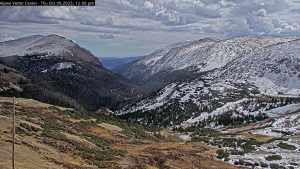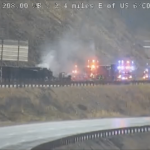Rocky Mountain National Park leans on volunteers to maintain services during shutdown
Park remains open with limited resources, fees uncollected
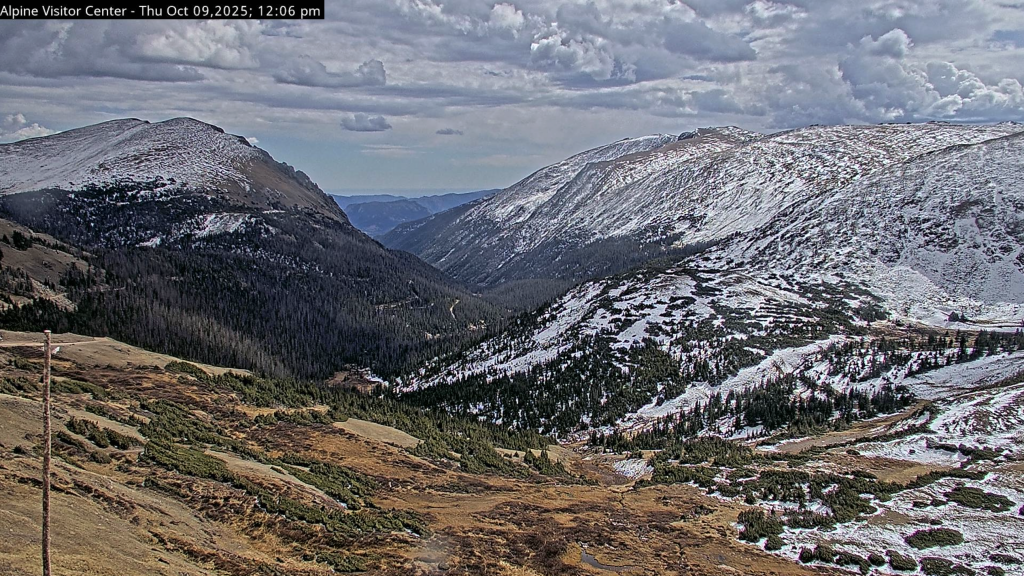
Rocky Mountain National Park/Courtesy photo
As the U.S. government shutdown approaches hits its two-week mark, Rocky Mountain National Park is relying on its partners and volunteers to stay afloat.
On Oct. 11, park entrance station rangers greeted incoming visitors, but were not enforcing timed entry, nor collecting the typically $30 entry fee. Donation boxes within park boundaries were also closed, with limited staff to collect the money, according to a ranger.
Visitors centers within park boundaries were shut down, but the Fall River Visitor Center in Estes Park was open and filled with park guests. Since the government shutdown, the park rangers that normally work the front desk have been replaced with Rocky Mountain Conservancy staff.
Kaci Yoh, communications manager for Rocky Mountain Conservancy, said the organization is still “doing what it does” by operating its field institute programs, conservations corps and stores as scheduled. However, front desk clerks said they are stretched thin with the additional responsibilities, such as taking visitor questions — some that only park staff have the expertise to answer.
“They don’t have the training or the same educational background and institutional knowledge as our dedicated Rocky Mountain National Park Rangers … they’re doing the best that they can, but they can’t replace National Park Service staff members,” Yoh said.
Clerks also reported feeling busier since taking over rangers’ duties at Fall River, she said. However, with no way to track visitor traffic during the shutdown, she could not say if the number of park visits had increased. Typically, October is one of the park’s busiest months, as fall colors and elk rutting season draw crowds from across Colorado and beyond.
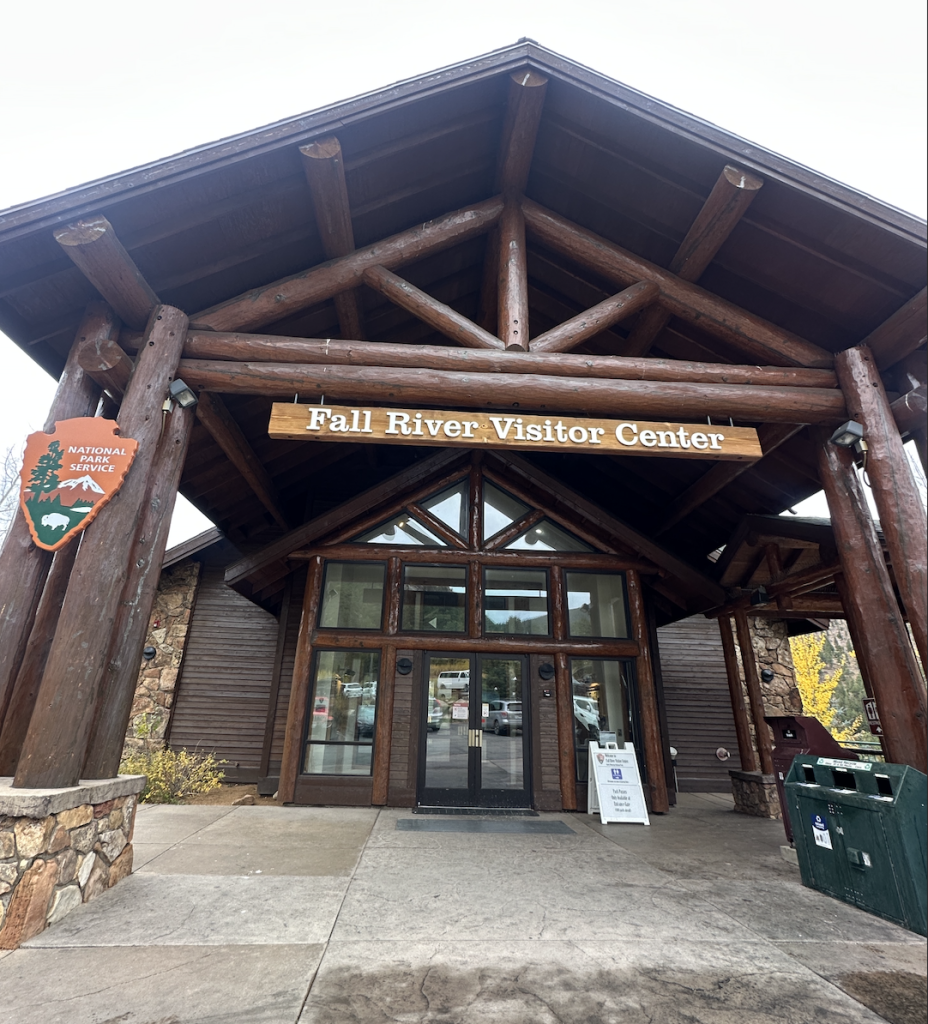
How are volunteers stepping in?
The YMCA of the Rockies launched its first park cleanup events out of its Estes Park location on Oct. 11 and 12, with additional cleanups scheduled for Oct. 18 and 19. Jason Nelson, marketing and communications director for the YMCA, said the effort came together quickly after the shutdown began.
“When the government shutdown was announced, we immediately started talking about what we could do,” Nelson said. “We’re right next door to the park … you can literally walk into Rocky Mountain from our trails. We wanted to help however we could.”
The YMCA’s hikes into Moraine Park include volunteer-led trash pickups and educational talks about recreating responsibly during the shutdown. Staff and guests help clear litter from trails while the park operates with a reduced workforce.
“From the park standpoint, our event isn’t officially endorsed by the National Park Service, which is perfectly understandable given their circumstances,” Nelson said. “But they do appreciate the work we’re doing to help keep the parks clean.”
If the shutdown continues, the YMCA plans to keep running its cleanup events.
“We’ve got these first four scheduled just in anticipation of what’s happening,” Nelson said. “If it lasts longer, we’ll continue hosting trash pickups. And if things reopen, we’ll still be talking with the Park Service to see where they might need volunteer help.”
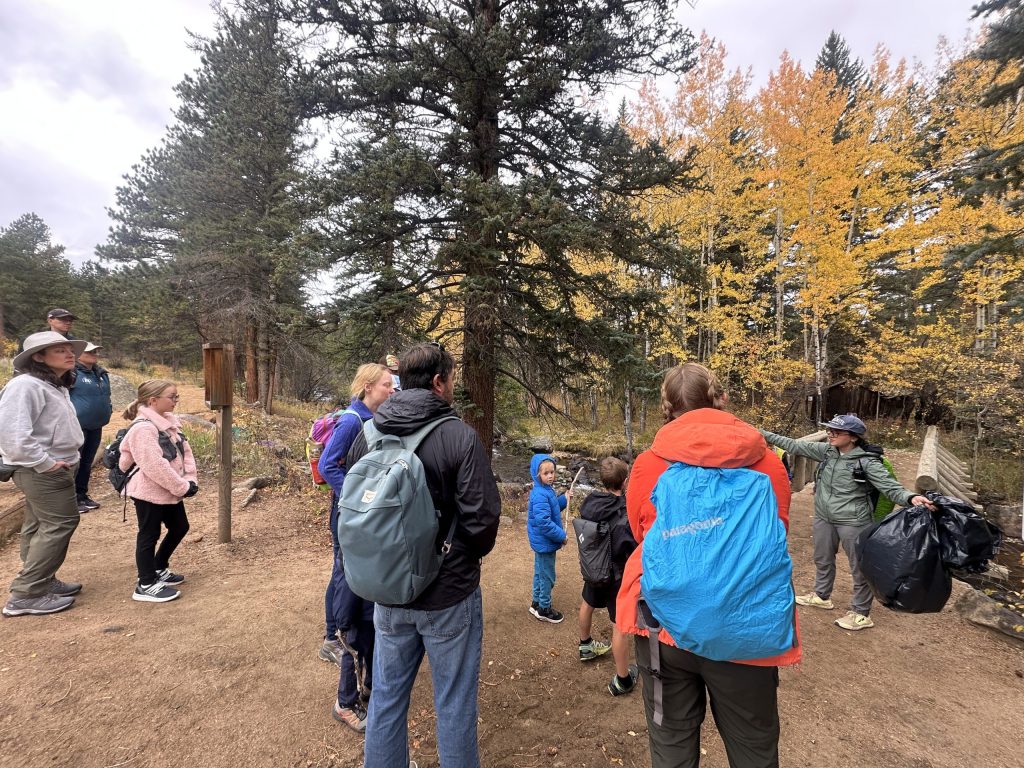
What are the large-scale impacts?
The current contingency plan for the National Park Service, enacted Oct. 1, furloughed an estimated 9,296, or 64 percent of national park staff members. On Oct. 10, more than 4,000 federal employees lost their jobs permanently via reduction in force notices, CNN reported.
Previous government shutdowns show how deeply staffing cuts can affect national parks. In 2013, 86 percent of park employees were furloughed, nearly matching the 87 percent of staff furloughed during the 2018-19 shutdown, according to the National Parks Conservation Association.
The conservation association also estimated that the Park Service lost roughly $400,000 a day in fees during the 2018–19 shutdown, while gateway communities lost as much as of $20 million per day in tourism dollars across the nation.
This time, Nelson said there is a sense that visitors remember the environmental impacts and understand the fragility of national parks.
“There’s definitely lessons learned from 2018,” he said. “Some of the parks like Joshua Tree got trashed with people cutting down trees and driving off-road. People’s ability to experience the beauty of nature was impacted by the challenges related to the government shutdown, and not having park staff manning at the capacity that they normally would. I think folks remember that, and they’re trying to be better stewards this time around.”
Nelson and YMCA staff have been sharing responsible recreation reminders through its social media and email channels: pack out trash, use restrooms before entering the park, download offline maps and bring plenty of water.
“You may not find a ranger to help you out,” Nelson said, “so we’re just sharing those little tips to help people prepare.”
For now, the park remains open with no entry fees, limited services and a heavy reliance on local goodwill.
“We love Rocky Mountain National Park,” Nelson said, noting that the YMCA’s Estes Park center, founded in 1907, predates the national park’s estalishment.
“We’ve been neighbors for over a century,” he said. “This is just one small way we can give back until things return to normal.”
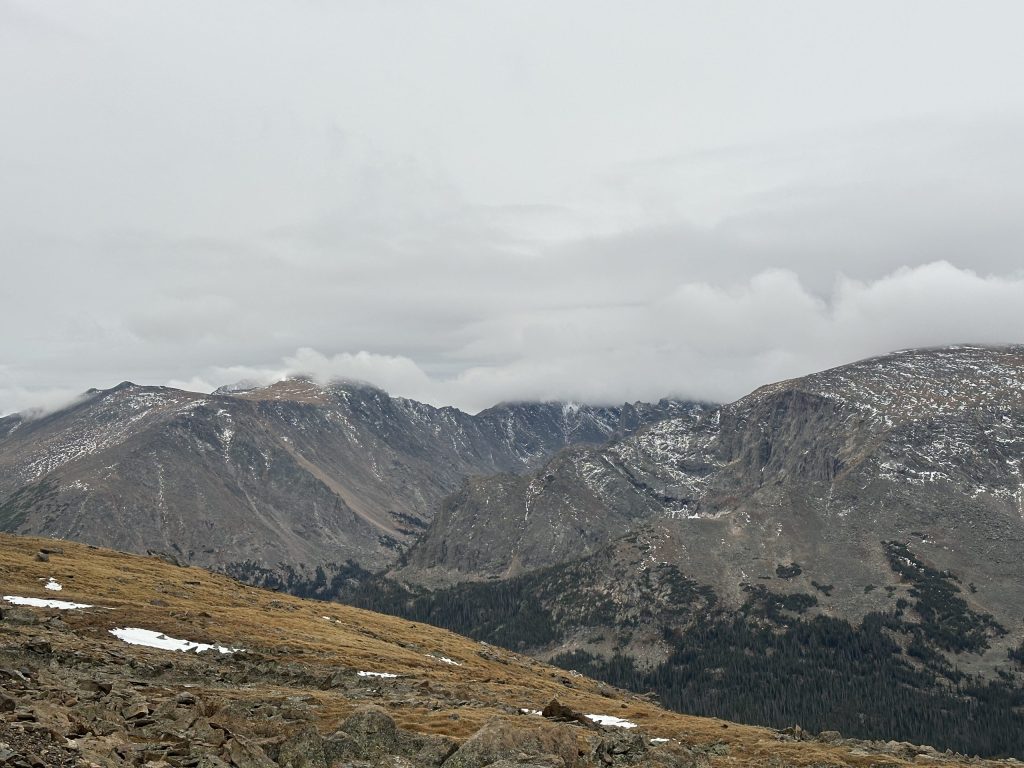

Support Local Journalism

Support Local Journalism
Readers around Glenwood Springs and Garfield County make the Post Independent’s work possible. Your financial contribution supports our efforts to deliver quality, locally relevant journalism.
Now more than ever, your support is critical to help us keep our community informed about the evolving coronavirus pandemic and the impact it is having locally. Every contribution, however large or small, will make a difference.
Each donation will be used exclusively for the development and creation of increased news coverage.
